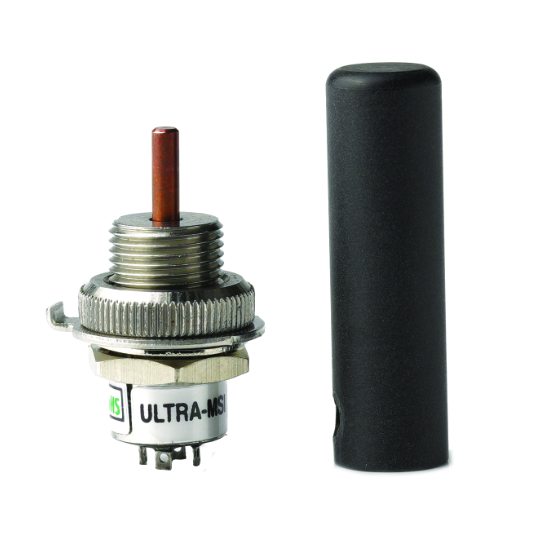462 Series - Subminiature Force Joystick
Product Type: Joysticks
Manufacturer: Ultra Electronics
The 462 series of subminiature force joysticks from Ultra Electronics are potentiometer based joysticks which utilise a two axis force input from an operators fingertip or thumb and convert this input force into a highly precise voltage output. Ruggedly designed in a compact housing the 462 series are available with a variety of actuator styles an operating force of 0-2lbs and a subminiature size of 0.375” diameter and 0.5” depth below panel.
This product can also be found in the following categories:
The 462 series of subminiature force joysticks from Ultra Electronics are potentiometer based joysticks which utilise a two axis force input from an operators fingertip or thumb and convert this input force into a highly precise voltage output. Ruggedly designed in a compact housing the 462 series are available with a variety of actuator styles an operating force of 0-2lbs and a subminiature size of 0.375” diameter and 0.5” depth below panel. The 462 series is perfect for incorporation into grips and panels for Aerospace and Military Markets in applications such as Cursor Control, Target Acquisition, Security Cameras, Robotics and Automated Surgical Equipment.
| Mechanical Life | 100,000 hours continuous use |
| Max Voltage | 5VDC |
| Operating Temperature | -0°C to +50°C |
| : | Variety of Actuator Style Available |
FAQs
A joystick is a device that transforms mechanical movement from an operator and turns this into an electrical output. This electrical output can then be read by a computer system to create a desired effect. This can be either controlling a computer game, a CCTV camera or a fighter jet.
Joysticks have many advantages in certain applications. Their main advantage is the ease of use and instinctive nature for many operators. This means reduced time for training and to become proficient in the use of a device. They can also be highly accurate and enable an operator to control the device into a desired position quicker than some other forms of input such as pushbuttons or keypads. Lastly, they can incorporate additional switches allowing for the device to be used for many additional functions without the operator being required to remove their hand.



